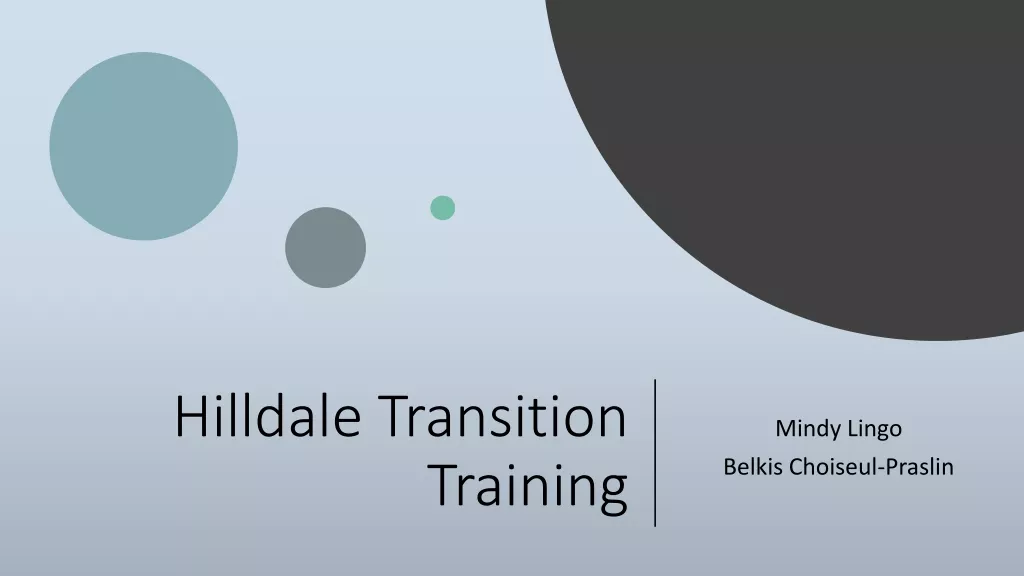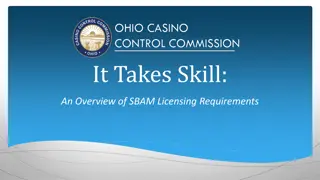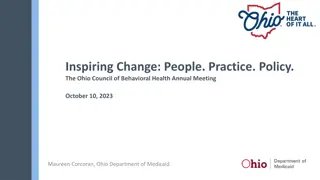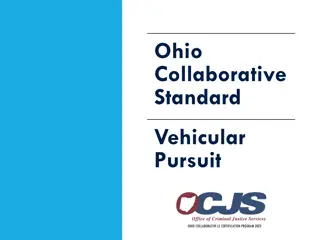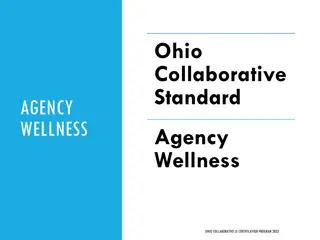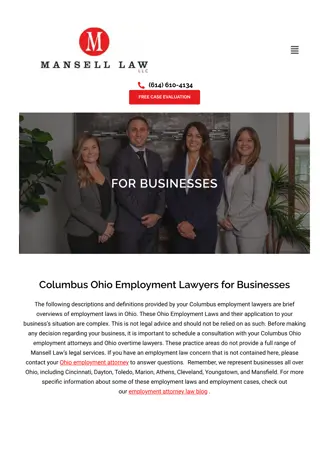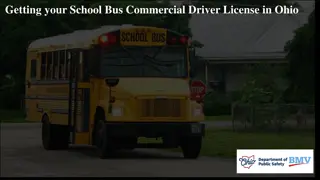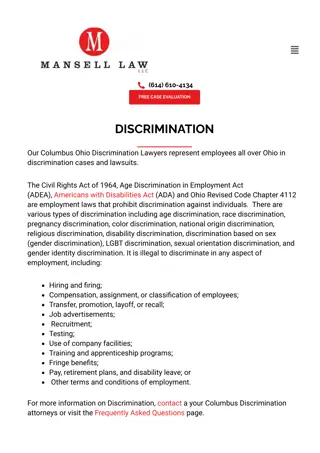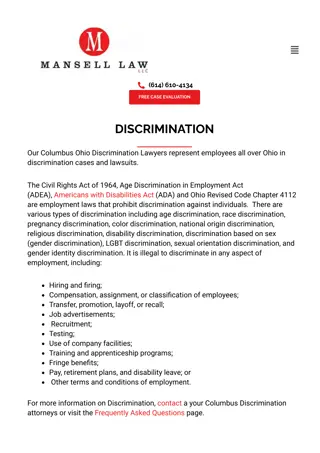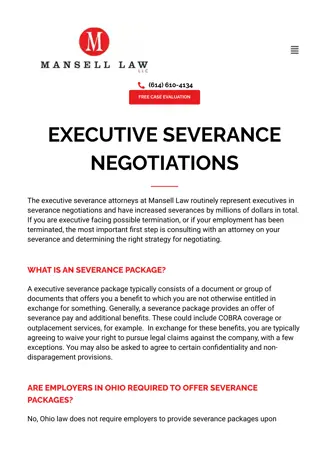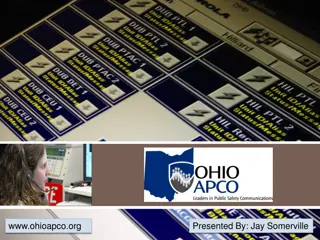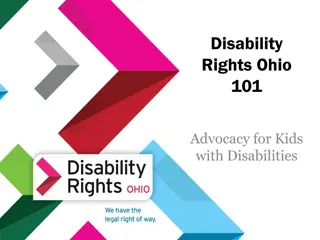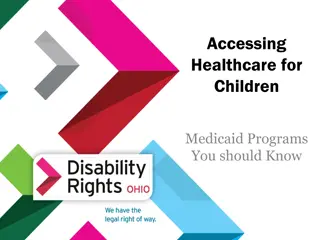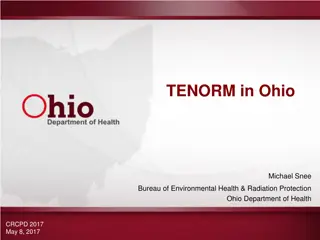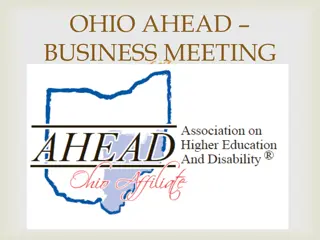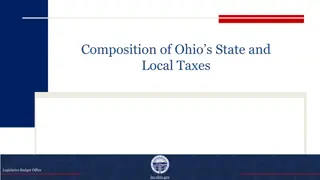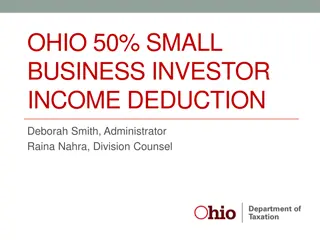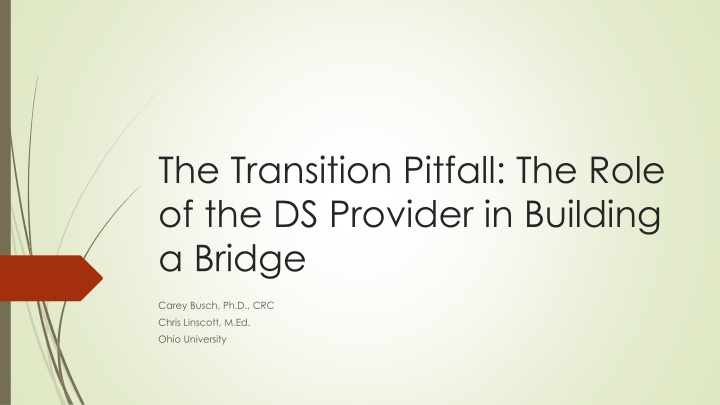
Empowering Students with Disabilities: Building Bridges to Higher Education Success
Discover the vital role of DS providers in supporting students with disabilities to overcome barriers in accessing higher education. Explore evidence-based predictors and strategies to promote post-secondary success for these individuals. Learn how defining and measuring success can drive impactful outcomes in transitioning to independent living and employment opportunities.
Download Presentation

Please find below an Image/Link to download the presentation.
The content on the website is provided AS IS for your information and personal use only. It may not be sold, licensed, or shared on other websites without obtaining consent from the author. If you encounter any issues during the download, it is possible that the publisher has removed the file from their server.
You are allowed to download the files provided on this website for personal or commercial use, subject to the condition that they are used lawfully. All files are the property of their respective owners.
The content on the website is provided AS IS for your information and personal use only. It may not be sold, licensed, or shared on other websites without obtaining consent from the author.
E N D
Presentation Transcript
The Transition Pitfall: The Role of the DS Provider in Building a Bridge Carey Busch, Ph.D., CRC Chris Linscott, M.Ed. Ohio University
Checking In Text CAREYBUSCH886 to 22333 OR Go to: https://PollEv.com/surveys/eEgydY3OP/web
Background to the Problem Students with disabilities do not participate in higher education at the same rate as their peers without identified disabilities. In Ohio, only one third of students with IEP s enrolled in higher education in 2013 as of one year after graduation (source, OLTS, 2015). People with disabilities are more than twice as likely as people without disabilities to report that they have a household income of $15,000 or less (34% versus 15%). (Kessler Foundation and National Organization on Disability, 2010) National Center for Education Statistics states that in 2014, average salaries for young adults with a college degree were 66% higher than those with a high school diploma. (National Center for Education Statistics. http://nces.ed.gov/programs/coe/indicator_cba.asp)
How To Measure Success? Many ways to measure success How we define success determines the impact of the domains being measured (i.e., higher education enrollment, graduation, employment, etc.) For these purposes, transition success might best be defined as the ability to achieve reasonable, self-identified post-secondary goals.
Evidence Based Predictors of Post- Secondary Success for Students with Disabilities Interagency Collaboration Involvement Career Awareness Program of Study Self-Advocacy/Self-Determination Community Experiences Occupational Courses Self-Care/Independent Living Skills Inclusion in General Education Social Skills Student Support (source: OEF, 2015;Test & Cease-Cook, 2012). Exit Exam Requirements/H.S. Diploma Paid Employment/Work Experiences Parent/Family/Guardian
Evidence Based Predictors Continued Predictors are associated with increased success in transition to higher education, post-school employment, and independent living skills. For current purposes, will concentrate on predictors most closely aligned with successful transition to higher education.
Evidence-Based Predictors: Increasing Post- Secondary Participation and Success Career Awareness* Transition Program Inclusion in General Education Community Experience* Interagency Collaboration* Interagency Collaboration* Occupational Courses Parent/Family/Guardian Involvement * * Denotes GTS area of emphasis Paid Employment/Work Experiences Self Advocacy/ Self-Determination* (Source: Mazzoti et al., 2013; OEF, 2015) Social Skills Self-Care/ Independent Living Skills Student Support*
AHEAD Professional Standards Administration Direct Service Consultation/Collaboration Institutional Awareness Professional Development AHEAD Professional Standards, retrieved from https://www.ahead.org/learn/resources
Consultation/Collaboration Working with campus or community personnel and agencies regarding students with disabilities or disability issues. Consults with state, provincial, or community resources (e.g., rehabilitation services). Collaborates with physical plant to ensure modifications to campus facilities. Maintains up-to-date knowledge of adaptive technology. Collaborates with campus architects to review or plan new construction and renovations. Conducts campus-wide disability awareness activities (e.g., disability awareness day). Communicates program activities to campus community (e.g., via campus newspapers). Conducts outreach activities for high school students (e.g., college fairs, transition workshops). Consults with campus personnel regarding job accommodations for faculty and campus staff with disabilities. AHEAD Professional Standards, retrieved from https://www.ahead.org/learn/resources
Gateway to Success One-day program targeting high school juniors Focused on career exploration Presents ways to get financial assistance Introduces concept of obtaining services and support GTS is, in many ways: a form of Interagency Collaboration; a means of Career Exploration to further Career Awareness; a Community Experience; a way to increase Parent/Family/Guardian Involvement; an opportunity to further Self-Advocacy and Self-Determination; and, a means to create an additional layer of Student Support
Gateway to Success Installation of Hope One somewhat less easily categorized opportunity, both for the Gateway to Success program, and, for those of us working with transition students and their families is the Installation of Hope! An important way to view Hope is as an opportunity for students with disabilities to connect real Self-Efficacy with the means for Self- Determination. GTS creates a unique opportunity to encourage transition students in furthering hope for, and belief, in themselves.
Gateway to Success - Metrics At the end of the program students are asked two simple questions: What is one thing you learned about yourself today? And Who are two people you will talk to about your plans for postsecondary education?
Gateway to Success - Budget For 25 students the costs for GTS are: $150 for Strong Interest Explorer $300 for lunch $25 supplies Total: $475 You could use a free career tool such as: https://www.onetcenter.org/tools.html or https://jobseeker.ohiomeansjobs.monster.com/ExploreIt/Default.aspx You could have students bring their own lunch
Looking Beyond Gateway While GTS is one way SAS at Ohio University has found to partner with secondary schools to increase transition outcomes of students with disability in our area, it is not the only way! Our future hopes include: Getting GTS included in transition plans for students Follow up visits with GTS students Serving as consultants for local students who wish to transition Developing a sophomore and senior experience We ultimately envision the creation of a pipeline program beginning in middle school
Take Away What is one thing that you learned today that changed your thinking about transition? What are two things you will do to increase your outreach to high school students?
Sources Association for Higher Education and Disability (N.D.). AHEAD Professional Standards. Retrieved from https://www.ahead.org/learn/resources Center for Innovation in Transition Study (2015). Ohio Longitudinal Transition Study Annual report. Retrieved from: https://education.ohio.gov/getattachment/Topics/Special- Education/Resources-for-Parents-and-Teachers-of-Students-wit/Ohio- Longitudinal-Transition-Study-OLTS/FINAL-OLTS-STATE-REPORT-2015-4-8- 4.pdf.aspx Kessler Foundation and National Organization on Disability (2010). The ADA 20-years Later. Retrieved from http://www.2010disabilitysurveys.org/pdfs/surveysummary.pdf
Cont. Mazzotti, V. L., Rowe, D. A., Cameto, R., Test, D. W., & Morningstar, M. E. (2013). Identifying and promoting transition evidence-based practices and predictors of success: A position paper of the Division on Career Development and Transition. Career Development and Transition for Exceptional Individuals, 2165143413503365. National Center for Education Statistics. (2016) Annual Earnings of Young Adults http://nces.ed.gov/programs/coe/indicator_cba.asp Ohio Employment First (2016). Evidence based practices for transition youth. Retrieved from: http://www.ohioemploymentfirst.org/up_doc/Evidence_Based_Practices_for_Tr ansition_ Youth.pdf Test, D. W., & Cease-Cook, J. (2012). Evidence-based secondary transition practices for rehabilitation counselors. Journal of Rehabilitation, 78(2), 30-38. Retrieved from http://search.proquest.com.proxy.library.ohiou.edu/docview/1010282866?acco untid=12954

